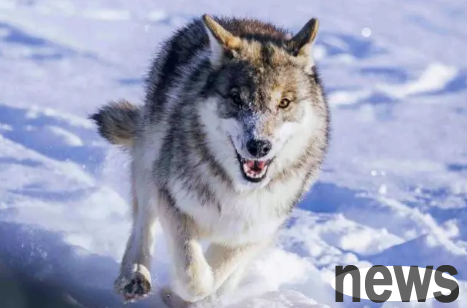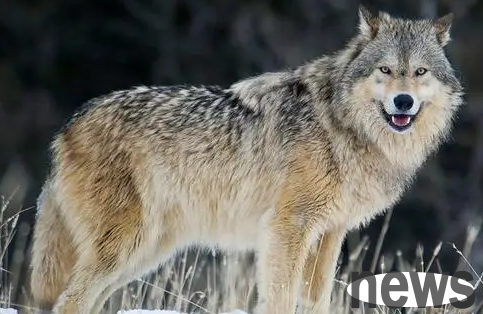The Mystery of Wolf: Revealing the Top Predators in Nature
Among the more than 1.5 million animals known on Earth, there is one animal whose sociality is not inferior to that of us humans and is very similar to humans. It is not a chimpanzee, nor an ape or a monkey, but a wolf. You may be unbelievable that in the eyes of many people, wolves are greedy, cunning, and vicious animals, but this is not the case. Wolves are very smart. They will raise their offspring together and take care of injured or elderly wolves. They follow the leadership of the head wolf. They will be heartbroken because of their lover's death and will run far away to find the future. They can think, dream, communicate, and make plans; they love their families, do not give up easily, and love to play..., which is far more like us than we imagined.

Wolfs are mammals, carnivorous, and canine animals, and belong to the typical upper-level predator of the food chain. In order to survive better, most wild wolves choose to live in clusters. They use collective tactics to capture prey and fight against the enemy. Even the powerful black bears have to be in awe when they see the wolf pack. Each wolf pack has the largest and strongest wolf as its leader. They have a fixed circle of active forces, and pee in cracks of rocks or in bushes as the boundary. When other wolves smell it, they know that there are already wolves here and they will not cross the line and hunt.
The "family" of wolves is huge, with a wide distribution range second only to humans among mammals. It is highly adaptable and can survive in various environments such as grasslands, forests, deserts, and tundras. Therefore, there are traces of wolves all over the world. Most of the current Chinese wolf (Canis lupus laniger) and Eurasian wolf (Canis lupus lupus). Wolves are also very suitable for surviving in the vast forests of Little Khingan Mountains, because the wolf's winter hair has an excellent cold-proof effect. At temperatures of minus 40° in the north, they will place their heads between their hind legs and cover their faces with their tails. The insulation effect of wolf hair is better than that of dog hair and will not gather into ice because of breathing warm air. The soles of wolves can easily adapt to various types of ground, especially the snow in the northeast region. There is a little webbed between the toes, making them more convenient to move on the snow than prey. The hair on the palm and slightly blunt claws help them grasp the slippery ground. The special blood vessels not only protect the soles of wolves from frostbite in the snow, but also reduce blood flow close to the skin in cold weather to maintain constant temperature in the body.
Wolf is a canine animal and the ancestor of dogs. It also has great similarities with dogs in appearance. The fur color of a wolf varies depending on the origin and genes. Gray and yellow are more common, followed by black, red, white, and purple, blue and other colors. The wolf weighs between 32-62 kilograms, the largest known wild wolf weighs more than 80 kilograms, and the smallest adult female wolf weighs only 10 kilograms.

Wolfs have very mixed foods, mainly meat-eating. Although they like to eat meat, this does not mean that they will refuse to eat vegetarian food. In the cartoon "Pleasant Goat and Big Big Wolf", Big Big Wolf only eats grass, fruits, mushrooms, and even drinks porridge like humans every day. They have never successfully tasted the taste of mutton. In fact, wolves not only love to eat berries from plants such as soybean, lingonberry, and blueberries, but also love to eat some nightshade fruits, grapes, melons, and apples. Near the human-active areas, the wolf's recipes include wild animals, as well as domestic animals, crops, vegetables and kitchen waste.




